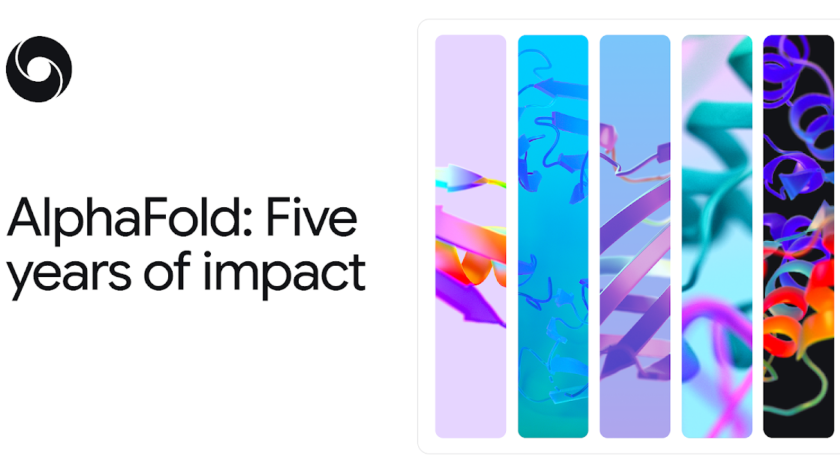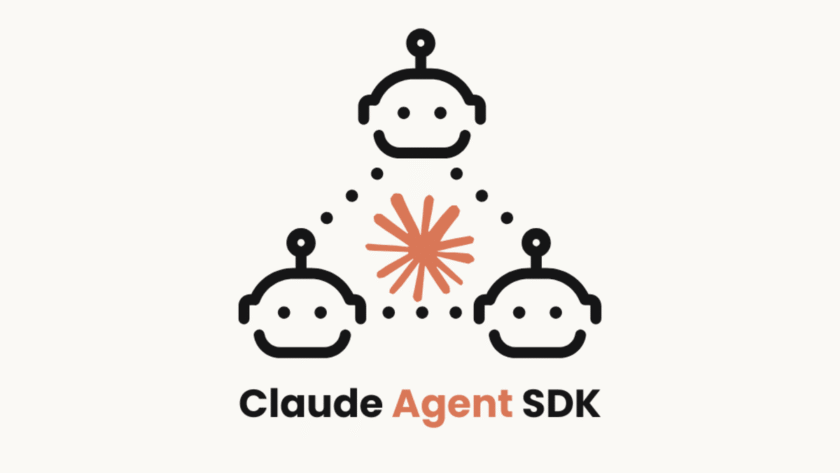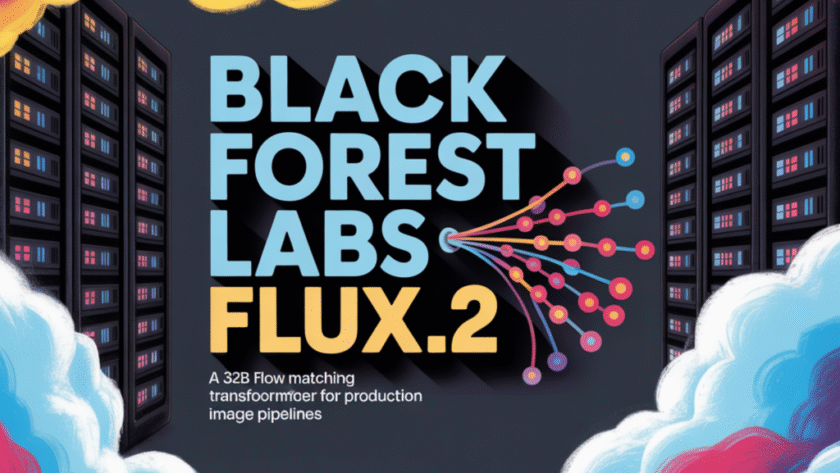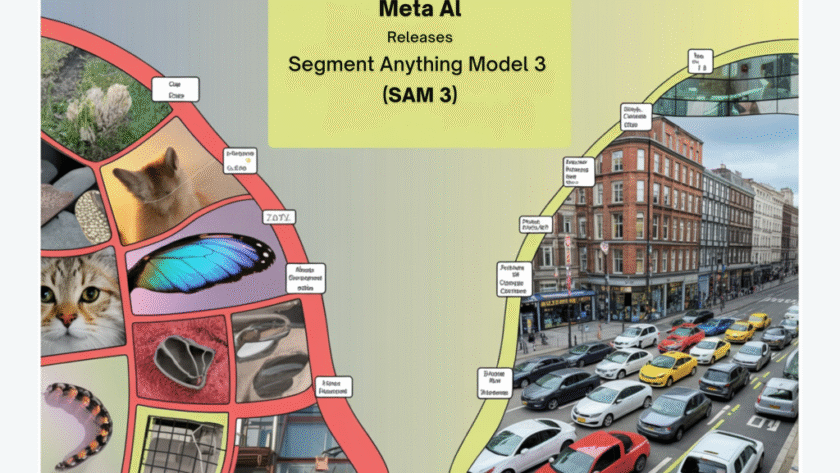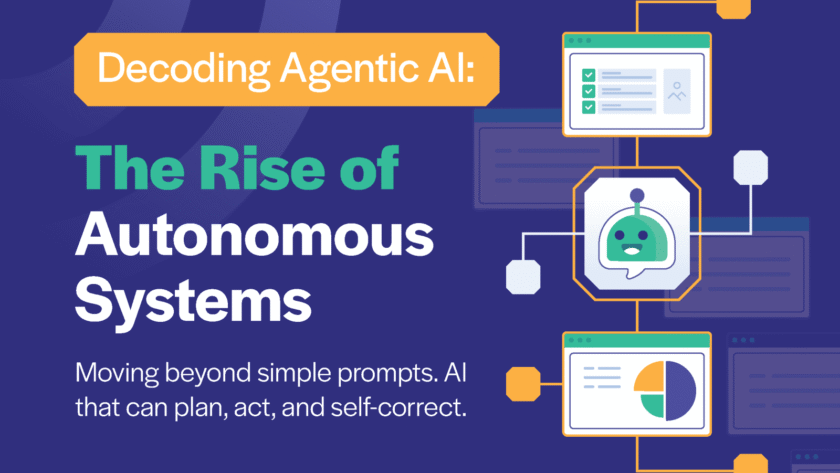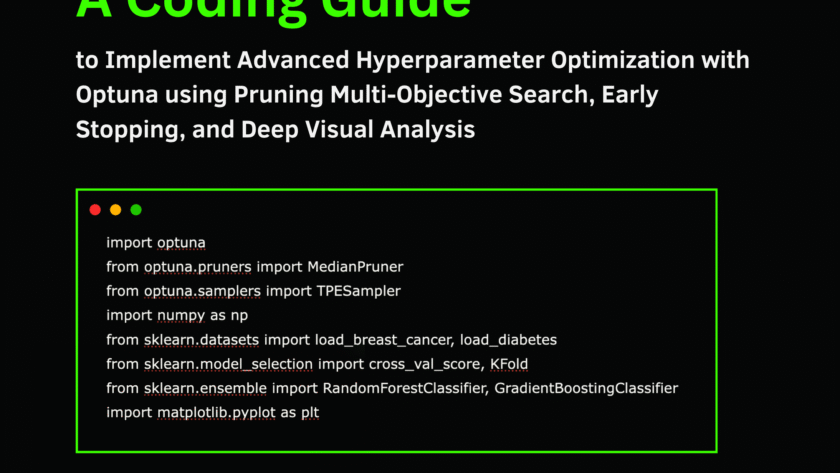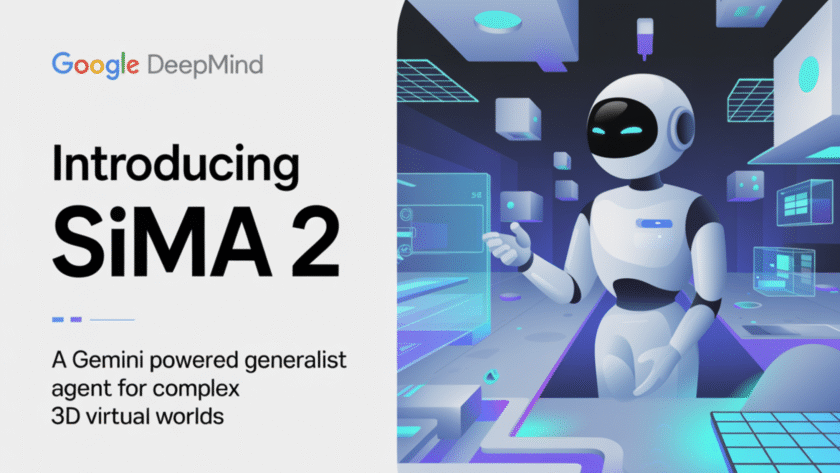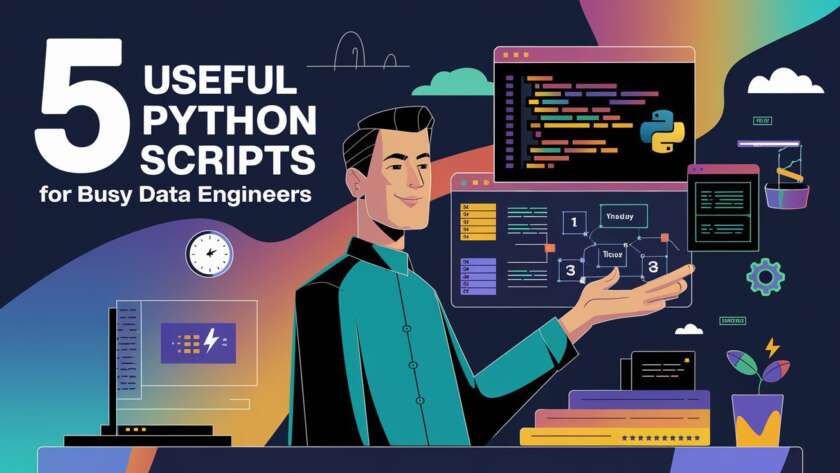Increasing speed of discovery Cyril Zipfel, professor of Molecular & Cellular Plant Physiology at the University of Zurich and Sainsbury Lab, saw research timelines shrink drastically. They used AlphaFold alongside comparative genomics to better understand how plants perceive changes in their environment, paving the way for more resilient crops. AlphaFold has been cited in more…
